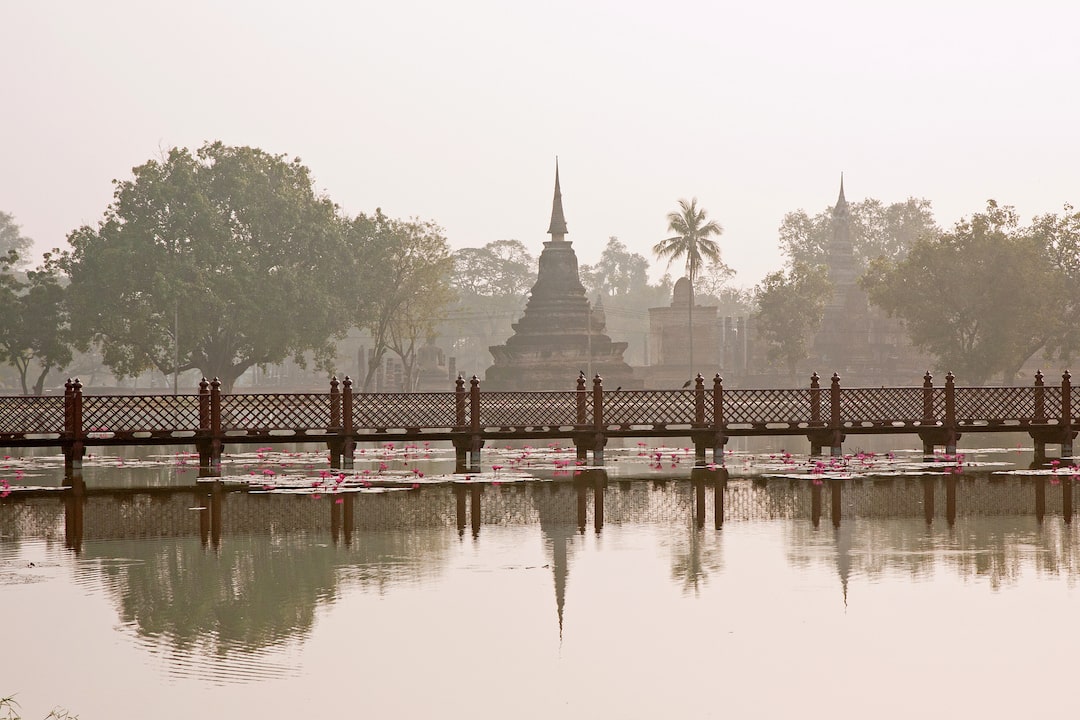From the sun-kissed shores of Indonesia to the jungles of Laos, Southeast Asia has cosy homestays that come in many shapes and sizes. The best thing about them is that they offer travellers a more authentic, immersive, and even active experience than its mainstream alternatives at a fraction of the cost.
If you’re considering these lodgings as an option but have no idea what to expect at a homestay in Southeast Asia, we’ve got you covered. And once you do experience these charming abodes, they may end up becoming one of your favourite places to stay when visiting a country, because homestays offer so much more than just a place to sleep.
What is homestay tourism?
If you haven’t spent time at a homestay before, you may have a lot of questions about them. While staying at resorts, hotels, and Airbnb is still the vacation norm, in Southeast Asia, more and more travellers are turning to homestays. This type of accommodation is essentially family-run or locally owned lodgings that offer travellers rooms to sleep and relax in as well as a cultural local experience.

What are the different types of homestays?
Officially, there aren’t different types of homestays. However, much like there are different types of hotels and resorts, there are also several varieties and styles of homestays.
Some homestays boast a more elaborate setup like a boutique resort where you can have your cottage or villa, and there’s a pool on hand as well as a staffed front desk and lobby. A few are simple and set in a local family’s actual home or guest house with modest amenities. Others are working farms where visitors are required to help out on the farm and with the house chores in exchange for lodging and food.
The style of homestay you choose depends on what you’re most comfortable with. Consider whether you like sleeping under the same roof as your host family or need a lot of personal space and would prefer a cottage to yourself. Having said that, at family-run homestays, your hosts are there if you need any help but mostly they will just be going about their day!
Additionally, homestays also differ in rates and amenities available. Some are cheap and have minimal facilities, others are more expensive and offer a few luxuries like a pool, a mini bar, and even in-room massages. Factor in your budget and how much pampering you’ll need during your vacation before booking.

How are homestays different from resorts and hotels?
Whether it’s a luxury homestay on an island in Thailand or a modest home in Cambodia, homestays offer something most resorts and hotels don’t: a certain level of intimacy and authenticity that allows their guests to experience a different side of the destination they’re visiting.
- Homestays are more immersive. Because homestays are generally set in local communities rather than a resort row or a touristy neighbourhood, they offer you ample opportunity to spend more time with the locals. Staying at a hotel or resort might give you a chance to visit these communities, but a homestay will put you right in the middle of all of it. You can mix and mingle with the locals as they go about with their daily business.
- Homestays are more modest. Most homestays, even the more luxurious ones, typically try to stay away from ostentatious or needlessly lavish décor and furnishings while still managing to provide a great level of comfort to guests.
- Homestays are generally cheaper. The absence of a large staff and extra amenities helps to keep the cost of running things down. Homestays extends the savings to the guests with lower rates than most hotels and resorts.
- Homestays are unique and have character. Unlike hotel properties with similar looking architecture, design, and feel, most homestays are individual and have a distinct look and vibe. Each has its own character, and that character usually mirrors its owner or the local community in many ways.
- Homestays generally offer a more peaceful, close to nature setting. While you can find homestays in busy, metropolitan areas, many of them are set in rural towns and villages. This puts you in the perfect location to get away from the bustle with an escape to nature. Homestays in the cities are usually also set in the local neighbourhoods so that you’re kept at a distance, albeit close, from the touristy elements.

What other things can you expect from homestays?
Beyond giving you a place to rest your eyes, there’s an opportunity to experience the local culture and make friends with the residents of a town, village, or community. Homestays are also an ideal base for memorable adventures.
Most partner with local guides and tour operators to take travellers hiking, rappelling, zip lining, and kayaking or paddle boarding along the river, to name a just a few activities. After all, the alluring coastline and shimmering waters in and around Southeast Asia are a major reason to visit the region. Others collaborate with local families to get guests to help out with their daily tasks or even sit down with them for a lovely dinner.

Many more, especially those with a boutique hotel setup, also offer amenities like mountain bikes to give you the flexibility of exploring the area on your own without a guide.
Homestays that include meals and snacks with your stay also partner with local farmers and small farms for their meats and produce, which means that you’ll be treated to feasts made with the freshest ingredients!
What are benefits of staying at homestays?
There are many benefits to staying at a homestay instead of a hotel or resort. Homestays give you ample opportunity to immerse in local life and connect with the locals in a more meaningful way. Because they are great money-savers with their generally cheaper rates and prices, this makes them an excellent lodging alternative for backpackers and budget travellers. And of course, because many are set in blissful locations, they let you enjoy a slice of life not always experienced by tourists. But there are lots of other reasons to stay in a homestay!
- In some instances, homestays will be a more eco-friendly option. If you’re trying to curb your globe-trotting footprint, it might be worth looking into them as an option!
- Homestays allow you to give back to the community, as many not only partner with small businesses and farms but also hire locals. That means the money you are spending has a valuable impact because it goes directly to the local economy.
- If you genuinely want to experience a country, get off the beaten path, homestays are probably one of the most efficient ways to do that! Likewise, if you’re visiting remote areas in Southeast Asia, homestays are your best chance at finding a unique place to crash.
- Family-run homestays are also an excellent way to sample some authentic local cuisine vis-à-vis home-cooked food.
- Homestays are a way to make new friends and lasting connections and make your trip a life-enriching experience.

Top destinations for a homestay in Southeast Asia
While there are lots of places to opt for a homestay in Southeast Asia, here are some destinations that travellers looking for intimate local experience should definitely consider!
- Sa Pa, Vietnam: This mountain town is a popular trekking base and tourist magnet. Ditch the hotels, it’s the perfect place for a personal encounter with the locals!
- Ban Hua Don Daeng, Laos: In general, Laos is made for homestays! The residents have a gift for being great hosts, they’ll take you in and make you feel like a member of the family. The southern island of Ban Hua Don Daeng is a wonderful place to experience a homestay. Eat fresh fish from the Mekong, local produce and explore the surrounding areas with your Laos family.
- Brunei: In Brunei, life is centred around the kampong or rural town. Look for homestays that will let you live alongside kampong residents and immerse yourself in local life.
- Malaysia: Similar to Brunei, in Malaysia you can find a homestay that revolves around a kampung (enclosure or village). It will be a seamless experience for you because being a guest at a kampung homestay means you will be taking part in traditional customs like being part of the harvest of flying kites with children.
- Cambodia: The country’s remotest temples are a long drive from Phnom Penh or Siem Reap. The homestays near these temples are an ideal way to take part in cultural activities and boost the local economy.
Have you ever experienced a homestay? Tell us what you loved most about it!


